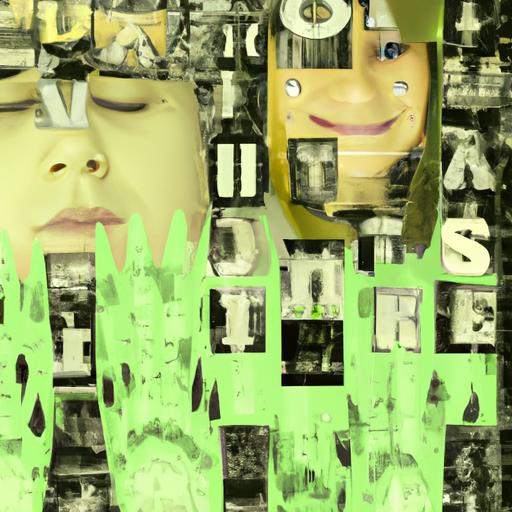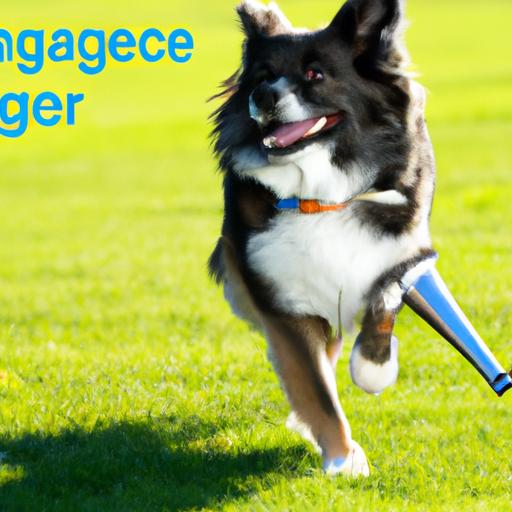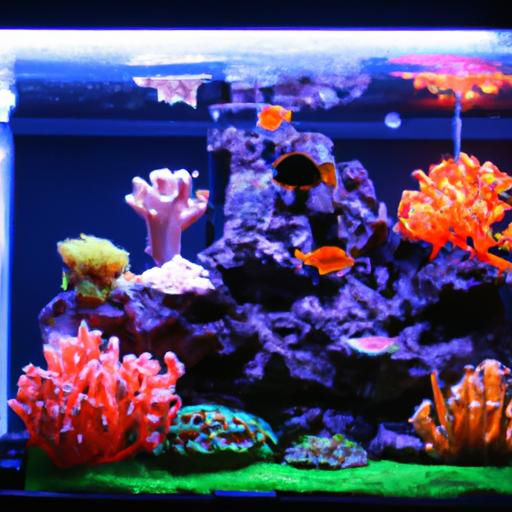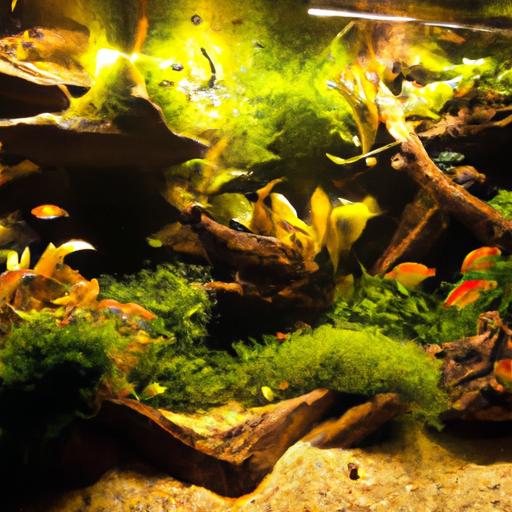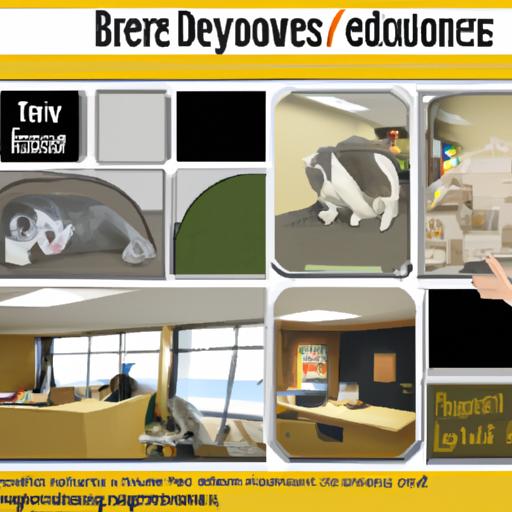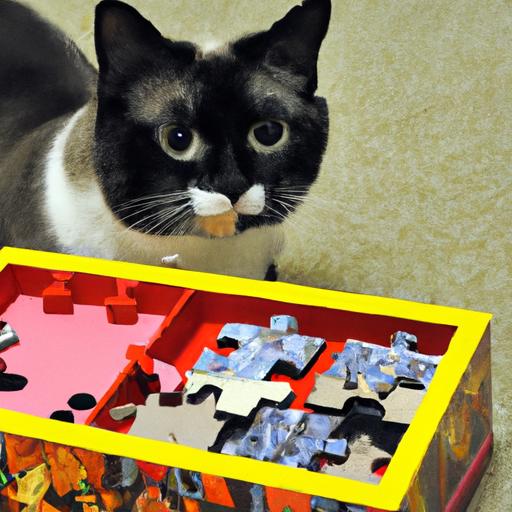
Feline DIY Puzzle Boxes for Mental Stimulation
Discover the benefits of Feline DIY Puzzle Boxes for mental stimulation in cats. Engage your furry friend’s mind with these creative and interactive challenges.
Introduction
Are you looking for a creative way to keep your feline friend mentally stimulated? Look no further than DIY puzzle boxes! Cats are intelligent creatures that thrive on mental challenges, and puzzle boxes provide the perfect opportunity to engage their curious minds. In this article, we’ll explore the benefits of DIY puzzle boxes for cats and guide you through the process of creating your own. So, let’s dive in and discover the fascinating world of feline DIY puzzle boxes!
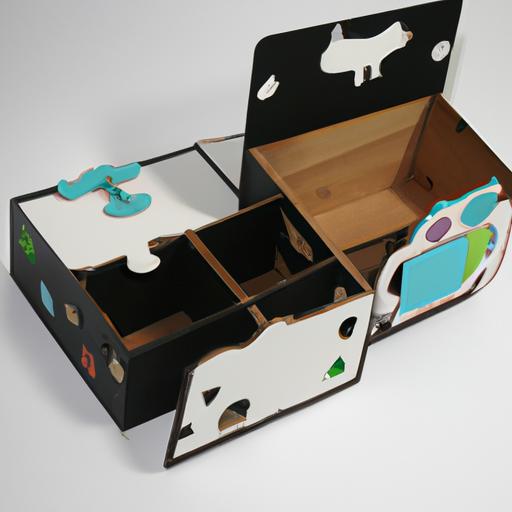
DIY Puzzle Boxes for Cats
Exploring Different Types of Puzzle Boxes
Before we delve into the DIY aspect, let’s explore the various types of puzzle boxes available for cats. Puzzle boxes come in a wide range of designs, each offering unique challenges for your feline companion. From treat-dispensing boxes to sliding puzzles, there is a puzzle box to suit every cat’s preference and skill level. By experimenting with different types of puzzle boxes, you can find the perfect match for your cat’s individual needs.
Step-by-Step Guide to Creating a DIY Puzzle Box
Creating a DIY puzzle box for your furry friend is a rewarding and stimulating experience. Let’s break down the process into simple steps so that you can easily follow along and create a captivating puzzle box for your cat.
-
Choose the Right Materials: Start by gathering the necessary materials, such as cardboard, non-toxic glue, scissors, and small toys or treats. Make sure to select materials that are safe for your cat to interact with.
-
Design the Puzzle Box: Sketch out your puzzle box design, considering elements like compartments, hidden spaces, and movable parts. The key is to create a challenging yet solvable puzzle that will keep your cat engaged.
-
Construct the Puzzle Box: Cut the cardboard pieces according to your design and assemble them using non-toxic glue. Remember to leave openings for treats or toys and ensure that the puzzle box is sturdy enough to withstand your cat’s playful paws.
-
Add the Final Touches: Enhance the puzzle box by incorporating additional elements that will pique your cat’s interest. You can attach feathers or bells to create sensory stimulation or sprinkle some catnip to heighten the excitement.
Safety Considerations for Feline Puzzle Boxes
While DIY puzzle boxes can be a fantastic source of mental stimulation for your cat, it’s crucial to prioritize their safety. Here are some essential safety considerations to keep in mind:
- Avoid Small Parts: Ensure that all components of the puzzle box are securely attached and cannot be easily chewed off or swallowed by your cat.
- Supervise Playtime: While puzzle boxes are designed to be safe, it’s always a good idea to supervise your cat during playtime to prevent any accidents or mishaps.
- Regular Inspections: Regularly inspect the puzzle box for any signs of wear and tear. Replace or repair damaged parts to maintain a safe and enjoyable play experience for your cat.
Frequently Asked Questions (FAQ)
Are puzzle boxes suitable for all cats?
Puzzle boxes are suitable for most cats, regardless of age or breed. However, it’s important to consider your cat’s individual preferences and abilities. Some cats may take to puzzle boxes more readily than others, so it’s essential to introduce the concept gradually and observe their reactions.
How do puzzle boxes benefit a cat’s mental health?
Puzzle boxes provide mental stimulation and enrichment for cats, which is vital for their overall well-being. Engaging with puzzle boxes promotes problem-solving skills, alleviates boredom, reduces stress, and encourages physical activity. It can also help prevent behavioral issues that may arise from a lack of mental stimulation.
Can puzzle boxes help with behavioral issues?
Yes, puzzle boxes can be a valuable tool in addressing behavioral issues in cats. By providing a mentally stimulating environment, puzzle boxes can redirect your cat’s energy towards a positive outlet. The challenges presented by puzzle boxes can help channel their natural hunting instincts and reduce destructive behaviors.
How often should puzzle boxes be introduced to a cat?
The frequency of introducing puzzle boxes to your cat depends on their individual preferences and level of engagement. Start by offering the puzzle box a few times a week and observe how your cat responds. If they show enthusiasm and enjoy the challenge, you can gradually increase the frequency. Remember, it’s essential to provide a variety of mental stimulation activities to keep your cat engaged and prevent monotony.
Conclusion
In conclusion, DIY puzzle boxes are an excellent way to provide mental stimulation and enrichment for your beloved feline friend. By engaging their problem-solving skills and natural instincts, puzzle boxes offer a rewarding and enjoyable experience. Remember to choose safe materials, design a challenging puzzle, and prioritize your cat’s well-being throughout the process. So, unleash your creativity, create a captivating puzzle box, and witness the joy and fulfillment it brings to your furry companion. Let the adventure begin!















